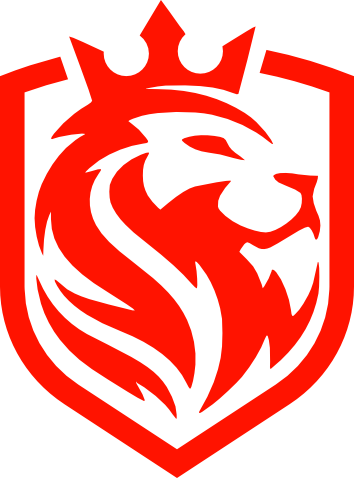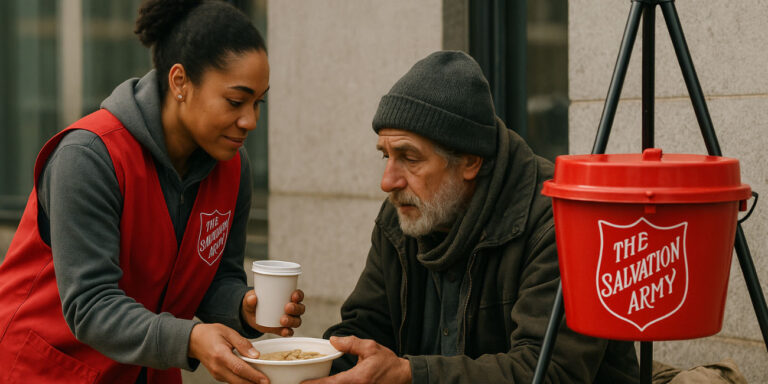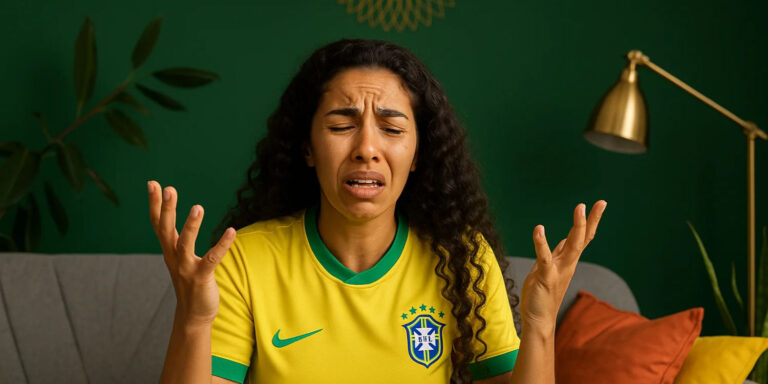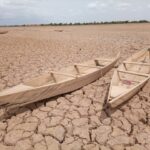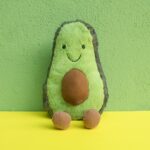Keep calm and carry on!
We communicate many things with hand gestures (movements of our hands) and by other “body language”.
Duration: 50 minutes.
Let’s take a look at today’s lesson
Lesson Goals: Body language is a type of non-verbal communication.
Focus Vocabulary: Vocabulary related to body language.
Lesson Key: (V) = Vocabulary. (U) = Understanding. (R) = Reading.
Body language is a type of non-verbal communication in which physical behaviours, as opposed to words, are used to express or convey the information. Such behaviour includes facial expressions, body posture, gestures, eye movement, touch, and the use of space.


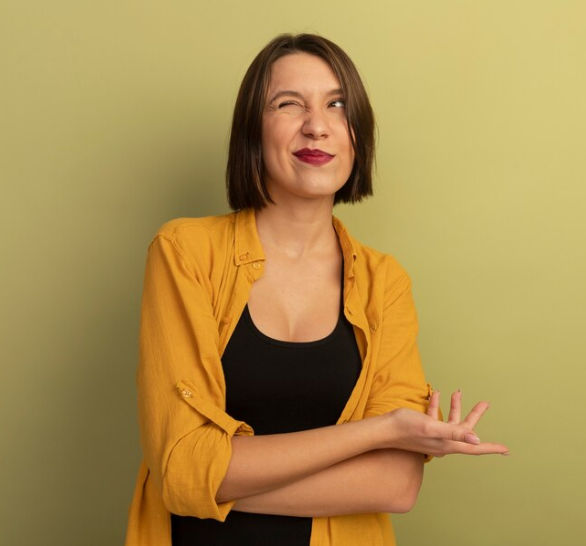
Please view the video below.
Body language is the process of communicating through non-verbal signals.
Alice works at a local department store, she spends most of her day interacting with customers and co-workers, there’s a lot of talking involved, but there’s also another form of non-verbal communication that’s being used just as often and it’s, body language.
Body language is the process of communicating through non-verbal signals it includes things like our posture, facial expressions, gestures and more, the meanings of these all vary from culture to culture. But we instinctively read body language and interpret it as some expression of moods, feelings or intentions. So, in Alice’s case, even before she speaks, she may be communicating all kinds of things to customers.
For example, if her arms are crossed, and she’s avoiding eye contact, customers may not find her to be very approachable. However, Alice could be in a friendly mood even though her body language suggests otherwise, and this isn’t necessarily a conscious choice that she’s made. This could just be how she habitually presents herself, but if Alice is aware of these habits, she can work on improving her body language.
Changing your habits can be difficult but if you take time to pause and check in with yourself, you can start to notice them and adjust things to become a better non-verbal communicator. This awareness can also be applied to reading others body language.
Let’s say Alice notices that her co-worker is unusually quiet as his body turned away from her and is slouched over. She may pick up that he’s upset or that there’s an unspoken issue at hand, depending on Alice’s relationship with him. She may want to give him some space or ask if anything’s wrong.
Being aware of the various aspects of body language can make all the difference in how people perceive you and how you perceive them. Be aware of how you present yourself, and you can say a lot without speaking.
Body Language Vocabulary.
| Word | Typical body language behaviour |
|---|---|
| Amused | Smiling and throwing back her head laughing -Slapping her thighs, stamping her feet, clapping her hands -Shaking her head (That’s so wrong!) |
| Angry Aggressive | Sharp movements, like shaking a fist, pointing, slashing, or slamming a fist on a table, arms wide (Bring it!) -Lowered eyebrows, squinting eyes -Teeth bared, jaw clenched, snarling. |
| Annoyed | Pressing lips together into a thin line – Narrowing eyes sometimes with slight head tilt (Why do you still exist?) — Rolling eyes, often paired with a long-suffering sigh. |
| Anxious | Fidgeting, playing with a ring, or chewing on a pencil -Biting lower lip, swallowing unnecessarily – Quickened breathing or holding breath -Darting eyes – Sweating, clammy palms – High-pitched, “nervous” laughter. |
| Attentive | Slow head nodding with a furrowed brow -Leaning forward, toward the speaker, and sitting up -Taking notes -Looking over the top of her glasses. |
| Bored | Resting his head on his palm -Tapping toes, twirling pencil, doodling, and otherwise fidgeting – Staring out a window, or at anything remotely more interesting. |
| Confident | Arms clasped behind body – Head lifted, chest out, standing tall -Walking briskly and making firm, precise movements. |
| Confused | Tilting head with narrowed eyes -A furrowed brow -Shrugging. |
| Superiority | Lifted chin (The better to look down the nose.) – Pursed lips, sneering, slight frown -Circling a shoulder, stretching her neck, turning away-anything to indicate she doesn’t see the person as a threat or worthy of her attention – Dismissive hand-waving. |
| Cynical or Sarcastic | Twisted lips or a half-smile -Sneering, sometimes with shaking the head and other defensive body language -Pressed lips with a slight frown -Eye rolling |
Questions about body language.
- What is Body language?
- How does Alice know here co-worker is upset?
Give some examples from in the video? - In English-speaking countries, what is the gesture for “okay”?
How about “good”? Or “bad”? - Are there any gestures in your country that are not common around the world?
- What are some insulting gestures in your country?
- Are there any special gestures used in the world of sport?
- Are there any special gestures used among couples?
- Are there special gestures for people of different age groups?
- Do you pay attention to body language?
- Do you believe we can “read a person like a book” by understanding their “body language”? Do you agree? Why or Why not?
- 80% of all of our communication is through “body language”.
Do you think that’s accurate? - What do you think about the video below?
Other related lessons.
Photo by Caroline Veronez on Unsplash
